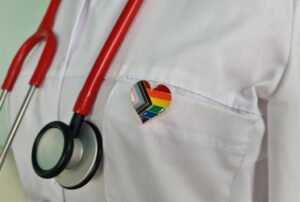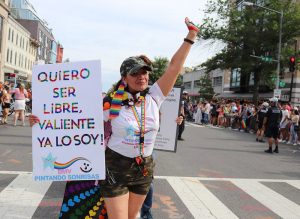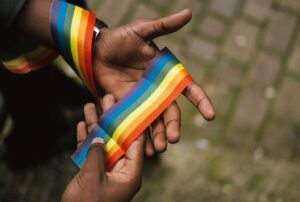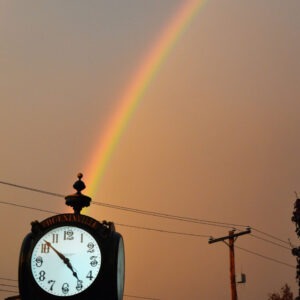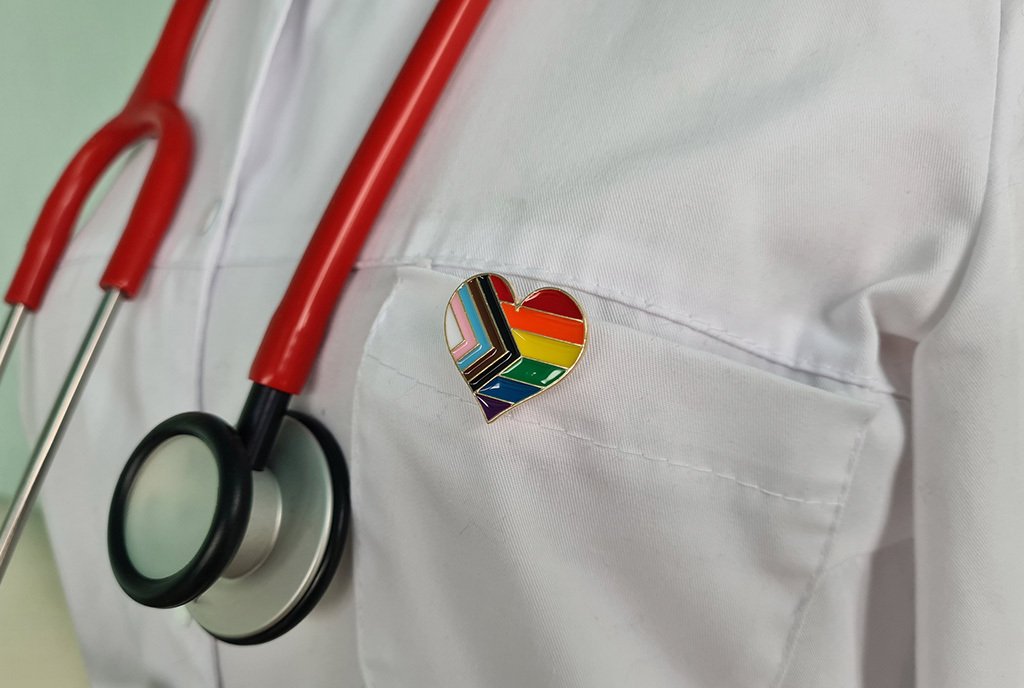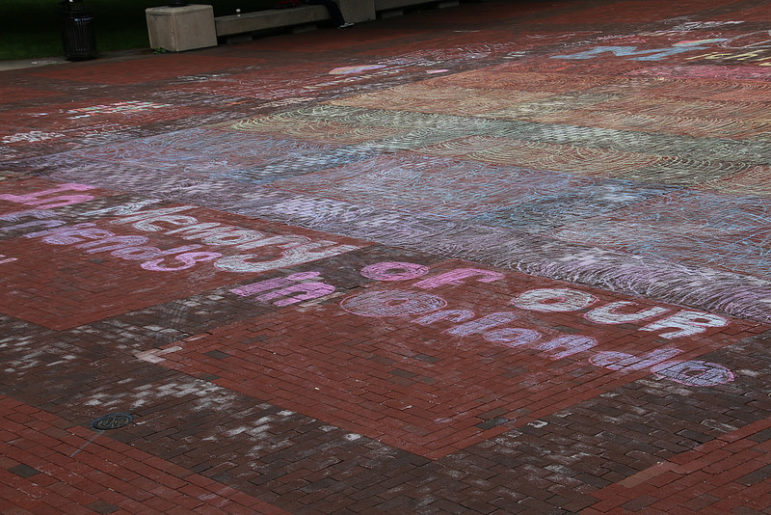
June 13, 2016; Philadelphia Inquirer
A report released this week from the National Coalition of Anti-Violence Programs (NCAVP) reveals that the U.S. murder rate of LGBTQ individuals has climbed 20 percent from 2014 to 2015. The coalition, which draws its data from media reports, associated programs, and individual notifications, has documented 24 LGBTQ and HIV-affected persons as the victims of hate-based homicide last year. The same report identified 1,253 total incidents of hate violence against LGBTQ and HIV-affected people. LGBTQ persons who hold multiple marginalized identities are at increased risk for hate violence. Of the 24 known homicides, 67 percent were people of color and 54 percent were transgender women of color. The NCAVP believes these data suggest that LGBTQ hate crimes should no longer be viewed in isolation from other types of hate crimes.
There is reason to believe the LGBTQ murder rate may be even higher than the 24 reported cases. Data about these cases were collected from 13 NCAVP member organizations in 11 states—Texas, Colorado, Vermont, Minnesota, Missouri, Massachusetts, Michigan, California, New York, Ohio, and Arizona—and may have missed cases. Additionally, not all hate crimes are identified as such, and the personal circumstances of these crimes as well as misinformed reporting may discourage consistent documentation. For example, the gender identity of a victim sometimes gets misreported, as in the case of 22-year-old Shade Schuler, a transgender woman who was incorrectly described as male after her murder in Dallas, Texas last year. Hate crimes may also be misidentified as domestic violence or otherwise when aggression comes from someone known to the victim: Approximately 62 percent of survivors of hate violence reportedly knew their assaulter. Additionally, insensitive and insufficient reactions from the media and the police could raise distrust and discourage survivors from reporting instances of violence: The report indicates that 80 percent of survivors of LGBTQ hate crimes described police reactions to their complaints as “indifferent” or even “hostile.”
Although 24 lives in a year is a terrible loss, this report puts into perspective the appallingly high value of the 49 lives lost over the course of three hours last weekend during the Orlando shooting, making 2016’s LGBTQ murder rate already at least 50 percent higher than that of last year.
Sign up for our free newsletters
Subscribe to NPQ's newsletters to have our top stories delivered directly to your inbox.
By signing up, you agree to our privacy policy and terms of use, and to receive messages from NPQ and our partners.
As we learn more about the tragedy in Orlando and about statistics such as those reported here, we must remember how this news affects the youth of our communities. Some of us remember how the overall status of LGBT persons was before the 1969 Stonewall Riots, or even five years ago. Some comfort can be taken in seeing how things progress and in how various countries and global bodies are taking strong stands in solidarity with the LGBT community. Youth and, in particular, rural or culturally isolated youth, may not have the comfort of perspective or even of a safe person with whom to talk. Nonprofits are in a prime position to take a leadership role. At the level of the organization, all nonprofits can work to create safe, inclusive environments for clients, volunteers, and staff. At the regional or national level, nonprofit leaders might consider framing conversations about this increase in LGBTQ hate and violence.
There are a lot of questions to answer. Has backlash from progressive actions, such as the U.S. Supreme Court declaring the Defense of Marriage Act (DOMA) unconstitutional in 2015, led to increased violent behavior against the very community that these changes aim to protect? Has increased visibility for LGBTQ individuals made them an easier target for hate crimes? How does this rate compare to the national murder rate, and what role does ease of access to deadly weapons play? How can we remember the victims and protect this vulnerable population from the devastation wreaked by hate violence?
While we advance public discussion of this report and attempt to respond to its significance, we should take care not to permit fearmongering or to disregard the great strides made by LGBTQ activists and their allies. These statistics remind us that homophobia and transphobia still exist and beg for progressive action, but they do not negate the fact that significant advancement has been made towards equal rights for the LGBTQ population.—Jennifer A. Jones and Chelsea E. Carnes


